Most of us learned about nature andanimalsin school. But as we step outside the four walls of those classrooms, we realize that the world around us is much more intricate and fascinating than what we’ve read in science textbooks.For today, we have a bunch of random yetinteresting factsfor you to digest. There’s a good chance you’re learning about many of these for the first time, which is always fun.Whether it’s about a pigeon’s magnetic sense of direction or how trees can communicate with each other, thesepieces of triviacan be excellent conversation starters for your next dinner party.This post may includeaffiliate links.
Most of us learned about nature andanimalsin school. But as we step outside the four walls of those classrooms, we realize that the world around us is much more intricate and fascinating than what we’ve read in science textbooks.
For today, we have a bunch of random yetinteresting factsfor you to digest. There’s a good chance you’re learning about many of these for the first time, which is always fun.
Whether it’s about a pigeon’s magnetic sense of direction or how trees can communicate with each other, thesepieces of triviacan be excellent conversation starters for your next dinner party.
This post may includeaffiliate links.
Turns out, Democracy isn’t just a human behavior. Animals take part in it as well! The African buffalo is one of the animals most well-known for using a voting tactic to make travel decisions. African buffalo herds actually use a form of voting when trying to decide which direction to travel in. One at a time, adult females will stand up and look in a certain direction before sitting down. Whichever direction gets the most amount of looks is typically where the herd travels. Interestingly, if the vote is divided, the herd will actually split up temporarily. Only the adult females are allowed a vote, regardless of social status within the herd.
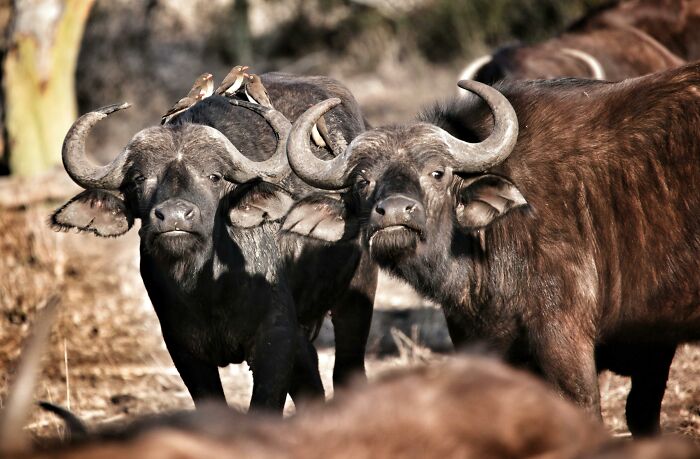
RELATED:
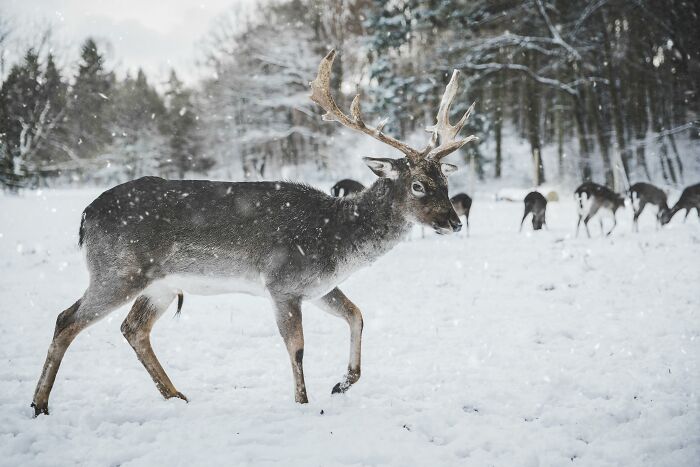
Bats tend to get a bad rap. The truth is, they gobble up lots of troublesome insects. In fact, they’re so good at keeping pests away from food crops that they save U.S. farmers alone at least $3.7 billion on pesticides every year. So bats are actually a significant factor in the U.S. agricultural economy.
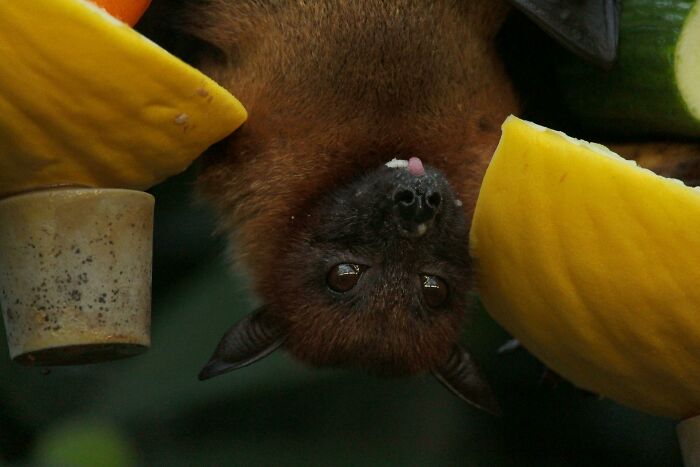
Since this list contains odd facts about nature and animals, here’s one about a frog that can glide through the air. If you haven’t heard about the Wallace’s flying frog, it is worthchecking out.This breed of amphibian has two pairs of webbed feet, which allows it to have a bit of hang time. It can even adjust mid-flight and change directions.
Since this list contains odd facts about nature and animals, here’s one about a frog that can glide through the air. If you haven’t heard about the Wallace’s flying frog, it is worthchecking out.
This breed of amphibian has two pairs of webbed feet, which allows it to have a bit of hang time. It can even adjust mid-flight and change directions.
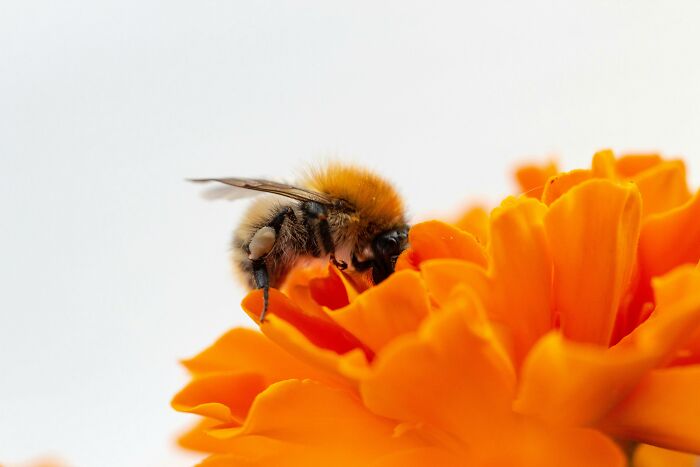
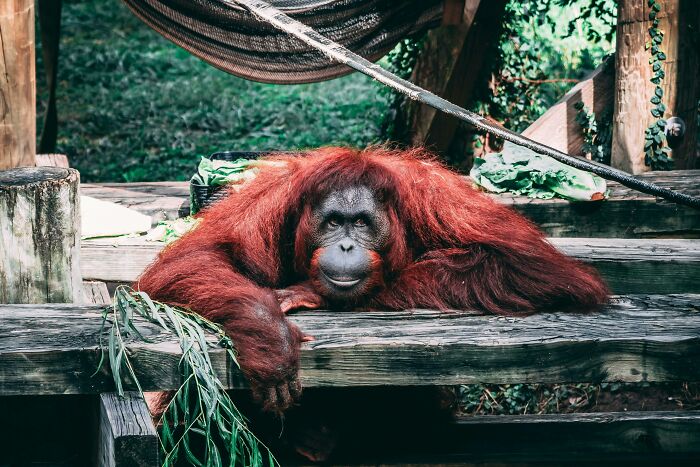

Here’s a fun fact about snakes: most have a slow metabolism, so they rarely eat. Pythons and vipers cango monthswithout eating or moving from one spot.Their bodies can also store energy for long periods, allowing them to survive without having a meal. Talk about taking intermittent fasting to an entirely new level.
Here’s a fun fact about snakes: most have a slow metabolism, so they rarely eat. Pythons and vipers cango monthswithout eating or moving from one spot.
Their bodies can also store energy for long periods, allowing them to survive without having a meal. Talk about taking intermittent fasting to an entirely new level.
Desert foxes, especially the tiny Fennec Fox, have really big ears. But these ears aren’t just good for hearing. They help the foxes stay cool in the hot desert. The large ears act like natural air conditioners, releasing heat and keeping the foxes comfortable in the scorching sun.
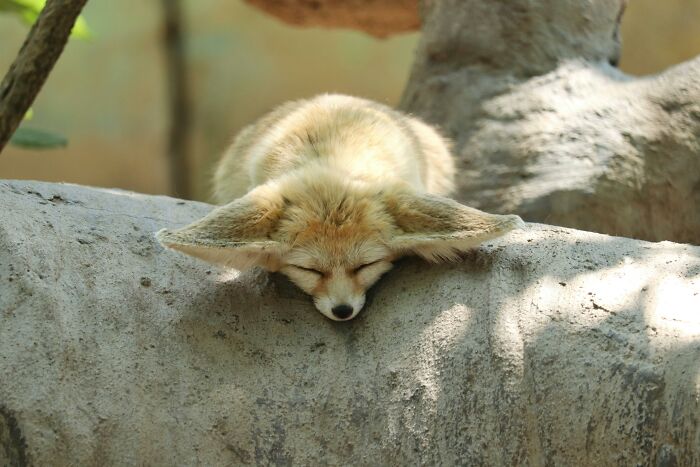
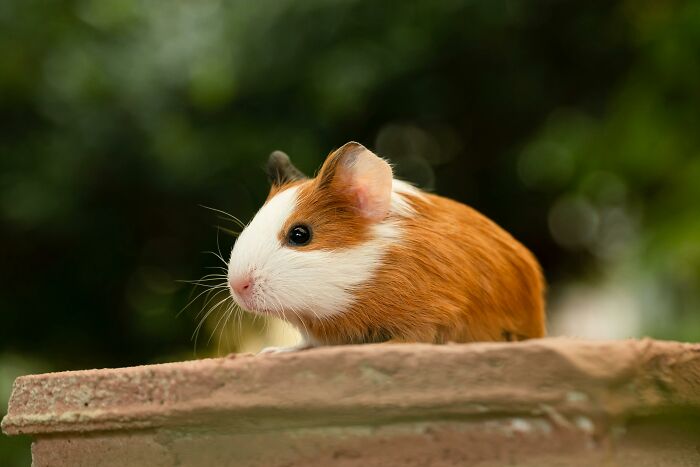
It’s time that the world knew the truth. While you probably didn’t think those camel humps were beverage coolers, you might have imagined that all the water that a camel drinks—up to 53 gallons in three minutes—has to go somewhere. And it does, but it’s not in its humps. The water stays in the camel’s stomach or bloodstream.Those humps are actually storing fat, which is the camel’s energy source when food is scarce. Since camels live in hot environments, they don’t want all that fat insulating and overheating their organs, so it’s stored in natural “backpacks” instead.
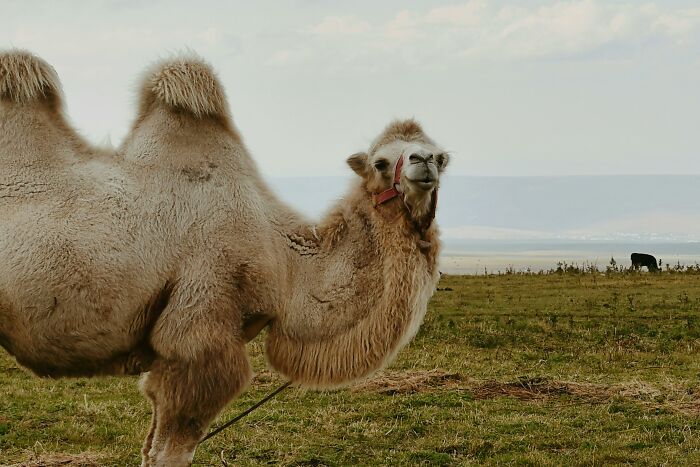
Numerous studies have establisheda connectionbetween humans and chimpanzees. The most glaring one so far is the penchant forconsuming alcoholand getting inebriated.Researchers found that chimps are fond of soaking palm wine in their mouths using leaves, leading to the development of the“drunken monkey” hypothesis. The theory suggests that alcohol consumption dates back to millions of years ago, through humanity’s closest living relatives.
Numerous studies have establisheda connectionbetween humans and chimpanzees. The most glaring one so far is the penchant forconsuming alcoholand getting inebriated.
Researchers found that chimps are fond of soaking palm wine in their mouths using leaves, leading to the development of the“drunken monkey” hypothesis. The theory suggests that alcohol consumption dates back to millions of years ago, through humanity’s closest living relatives.
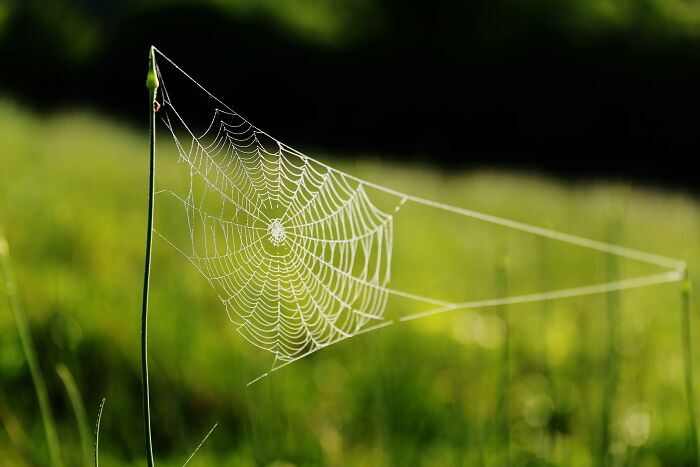
These are precious because the penguins use them to build their nests, and they can be hard to find along the barren Antarctic shoreline. If the female accepts the pebble, the pair bonds and mates for life.
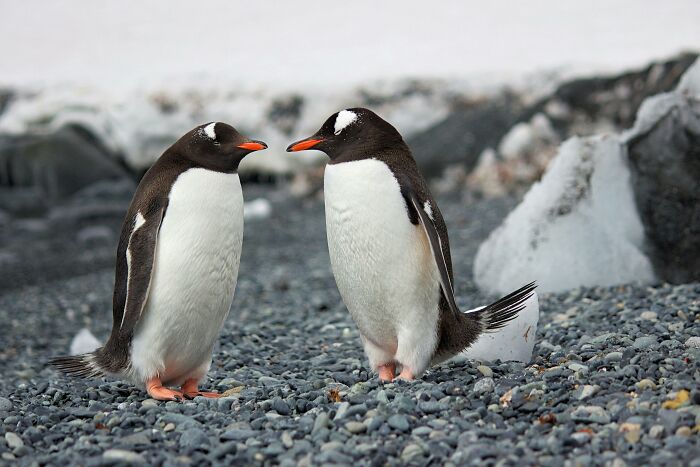
Beneath a tiger’s fur, the animal’s skin is striped as well. Although shaving a tiger is not recommended, if you were to do so, you would see dark and light stripes in the same pattern as its fur.Just as some men have a very visible “five o’clock shadow” where their beards grow, the dark hair follicles of a tiger are easily distinguished from the light ones on its skin. Snow leopards and other big cats also have skin markings to match their fur.
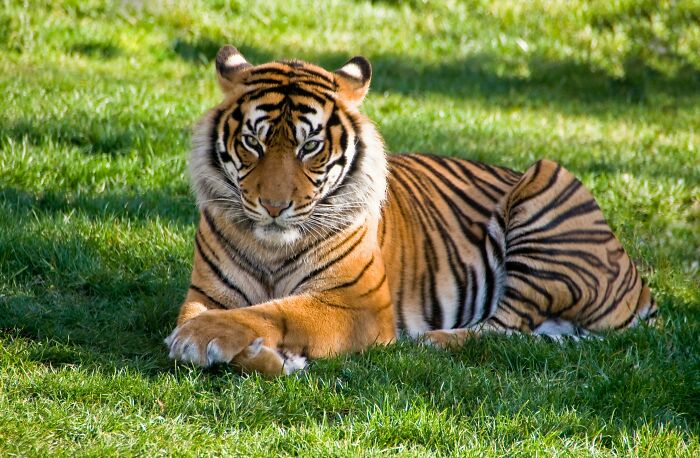
Lions may be the kings of the jungle, but for most wild animals, humans are still the topapex predatorson the planet. A paper published inCurrent Biologyrevealed that the fear of humans “significantly exceeded” the fear of lions in the savanna mammal community.However, it’s not entirely a good thing. As University of Western Ontario biology professorLiana ZanettetellsThe Guardian, the pervasiveness of the fear of humans may affect the overall food chain, which may have a worldwide environmental impact.
Lions may be the kings of the jungle, but for most wild animals, humans are still the topapex predatorson the planet. A paper published inCurrent Biologyrevealed that the fear of humans “significantly exceeded” the fear of lions in the savanna mammal community.
However, it’s not entirely a good thing. As University of Western Ontario biology professorLiana ZanettetellsThe Guardian, the pervasiveness of the fear of humans may affect the overall food chain, which may have a worldwide environmental impact.
Have you ever heard the phrase, “memory like an elephant?” It turns out that elephants actually do have a better memory than most living things.All mammals, including humans, have four different lobes in their cortex: occipital, parietal, temporal, and frontal lobes. All four of these lobes play a key role in the functioning of our brain. From language acquisition to processing auditory information, each lobe is crucial.Elephants actually have a larger and denser temporal lobe, comparatively. The temporal lobe is commonly associated with memory acquisition, allowing elephants to have an incredible memory.
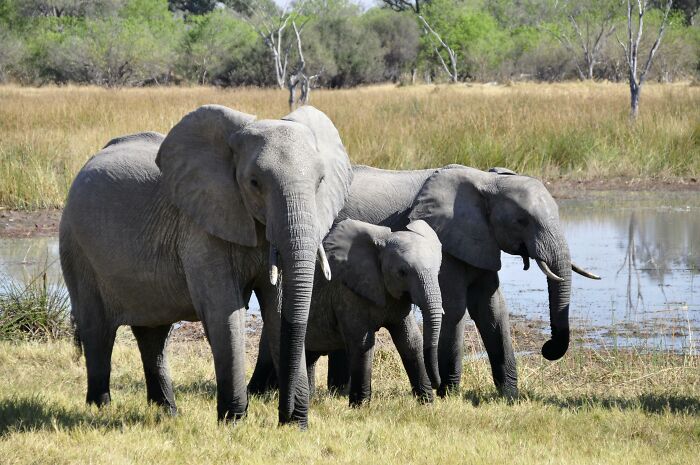
Ready for another mind-blowing fact about nature? Well, one of the loudest animals in the world is a shrimp that is just 2cm long. The Pistol Shrimp can snap its claw so fast that it can be used as a sonic weapon that it uses to stun prey, before eating them.As the claw snaps shut, it fires a blast of bubbles. As the bubbles collapse, they produce a sonic blast that’s so loud it can even disrupt the sonic transmissions of submarines. The imploding bubbles also momentarily generate temperatures almost as hot as the sun. The sonic blast stuns the prey, allowing the tiny shrimp to feast without having to engage in a fight. It’s a good reminder that small can be mighty.
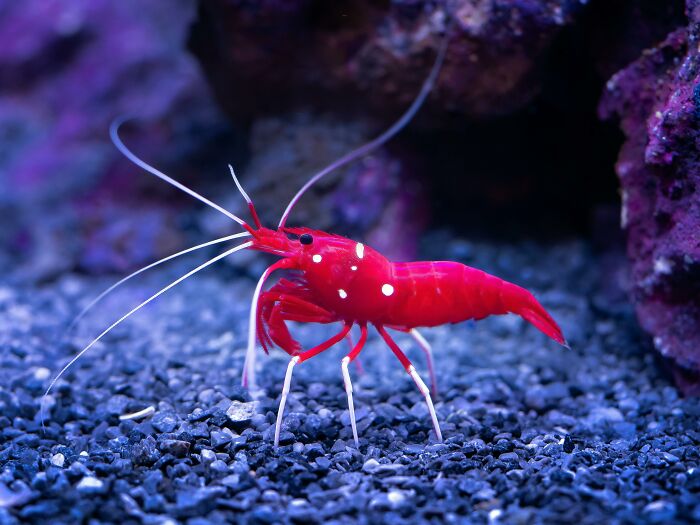
Researchers have found that crows can recognise individual human faces. It is believed that crows learn to recognise threatening humans from both their parents and others in their flock.Ornithologists believe this gives corvids the evolutionary edge. One researcher, Dr Marzluff said “If you can learn who to avoid and who to seek out, that’s a lot easier than continually getting hurt. I think it allows these animals to survive with us and take advantage of us in a much safer, more effective way.”

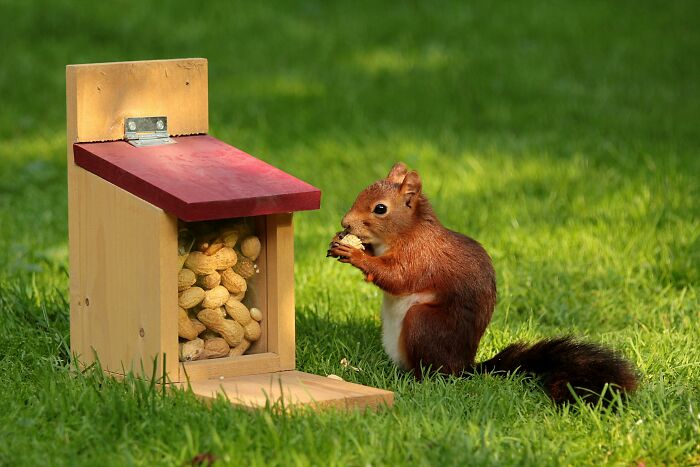
They are not like other equines, and are less able to repel rain than horses because they have less oil in their coats. This is thought to be because donkeys are descendants of the African Wild A*s, whose natural environments are the hot, dry semi-desert and mountainous climates of Africa and the Middle East - not damp wet weather.
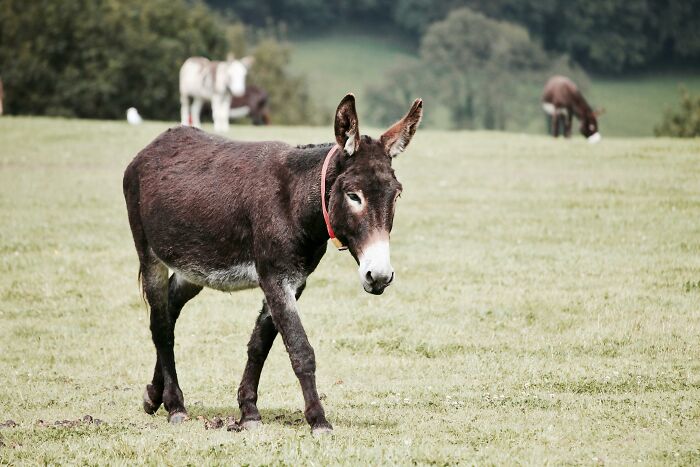
Hard to believe, but true. Sharks kll an average of 5 people per year while cows kll an average of 22 people per year. In fact, humans are more deadly to sharks than they are to humans. Humans k*ll about 100 million sharks per year!
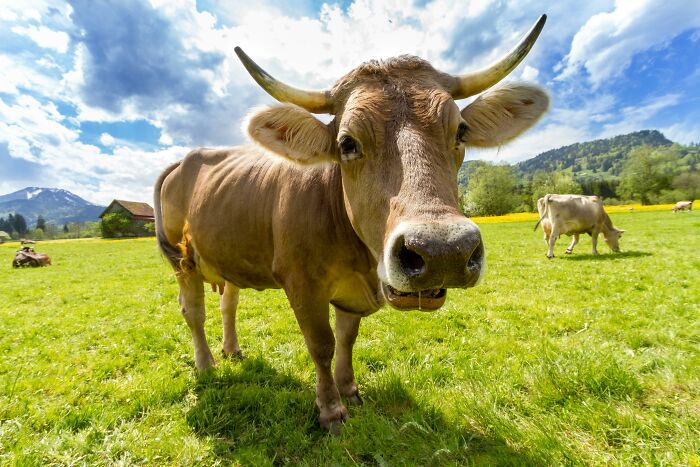
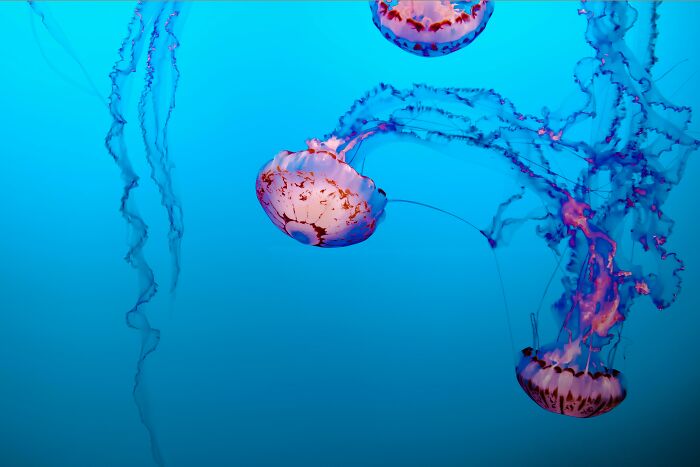
Believe or not, if there’s a threat, trees don’t always allow it to harm them. In fact, sometimes, trees fight back. Now, it would be a little terrifying if trees fought back the way the apple trees do in Wizard of Oz. Thankfully, you won’t encounter any apple-throwing trees in the near future. Trees actually protect themselves in a much more subtle way.If an insect attacks a tree, it will fight back. Trees can flood their leaves with chemicals called phenolics, helping to deter any pests that may cause harm to the tree. They also have protective structures and processes that help protect them from disease, similar to our immune system.
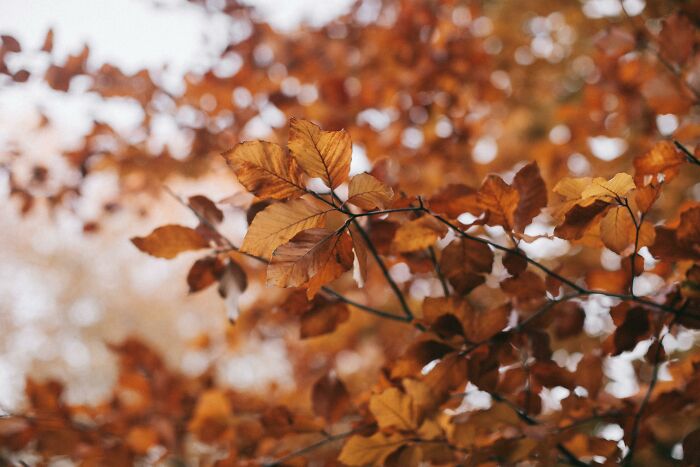
The wide, fur-covered paws of a snow leopard serve as natural snowshoes, helping to distribute its weight over soft snow and protect it from the cold.
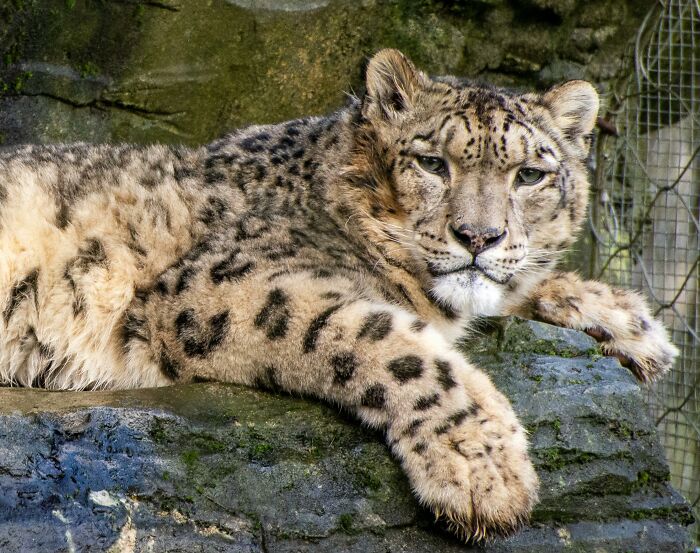
Salamanders have the ability to regrow limbs that they lose within weeks. According to medium.com, when a salamander loses a limb, the wound gets sealed with a blood clot like a human’s does. This is where the human experience begins to differ from the salamander’s. A clump of stem cells called a blastema forms beneath the surface of the wound. Impressively, these stem cells multiplies and recreates the missing limb. These cells convert into bone cells, skin cells, and muscle cells in order to create a perfect duplicate.Based on the levels of certain cells, vitamins, or acids available, the salamander can determine how much of the limb needs to be regrown.
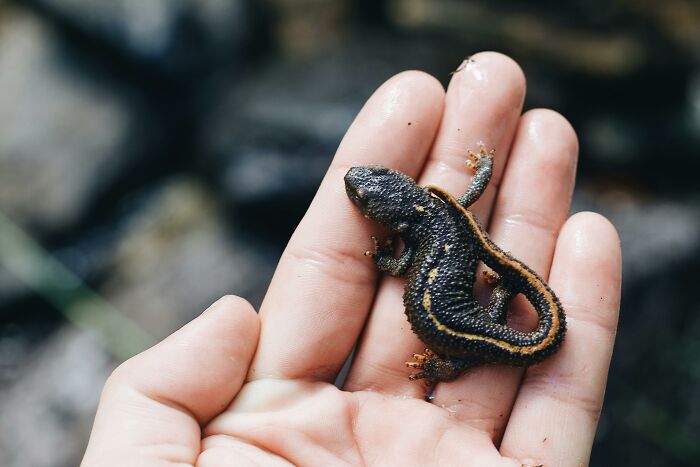
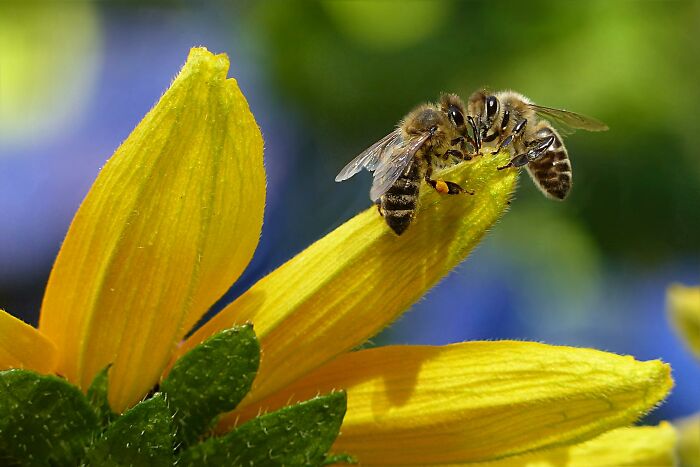
To be fair, very few things about platypi aren’t weird. These Australian mammals are part of a mostly-extinct group of mammals known as monotremes that have some un-mammalish habits. For example, laying eggs! However, like other good mammal mothers, platypi do care for their young.Instead of feeding their babies through a well-developed teat or nipple like other mammals, platypi secrete milk more diffusely. In other words, they “sweat” out the milk from mammary glands. The result? Milk sort of oozes from a region of their skin, which the young platypi (sometimes called puggles) can lap up.
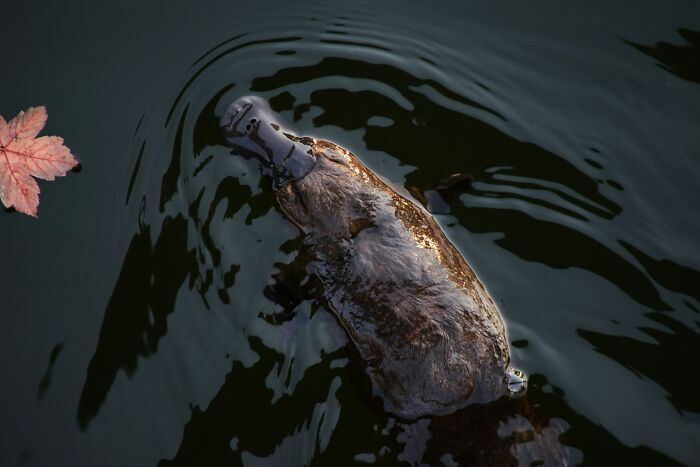
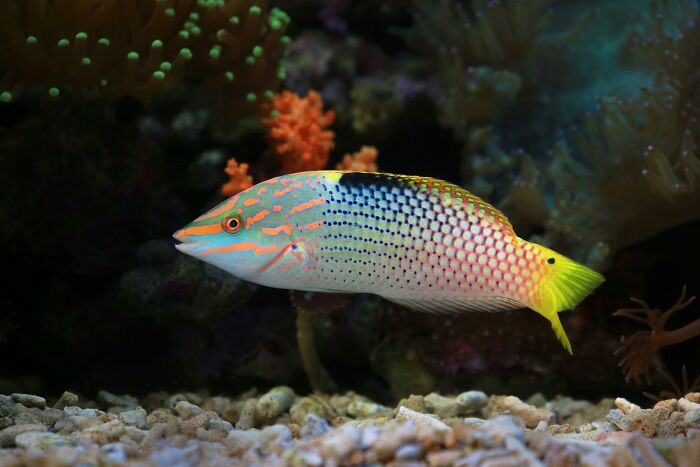
Cats were initially valued for their ability to k**l rodents and venomous snakes, but tomb paintings show that many of these felines were also household pets and a part of family life.
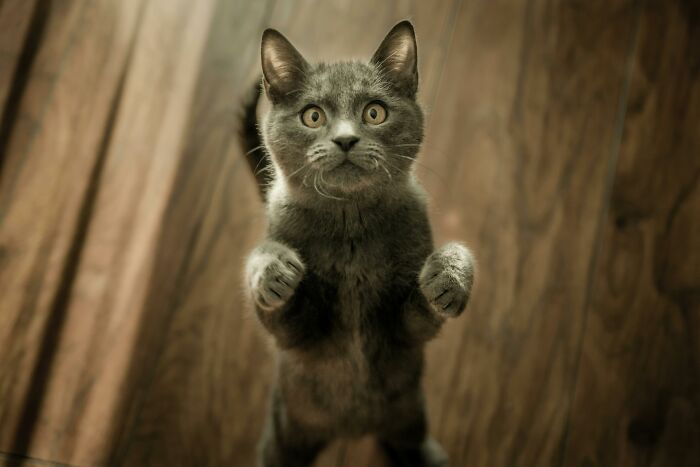
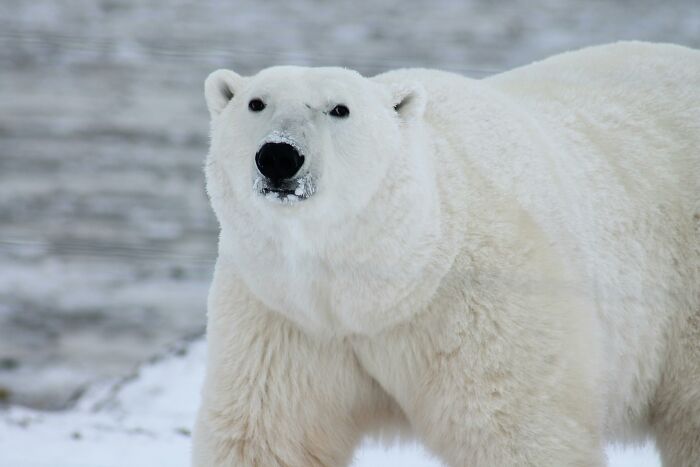
Ecologists have found that while barn owls are normally monogamous – mating with only one partner for life – about 25% of mating pairs “divorce”, and move on to new partners.It appears the reason for divorce in barn owls is less irreconcilable differences and more so if breeding isn’t going to plan. If a breeding pair of owls isn’t managing to lay many eggs, or the majority of their chicks aren’t surviving then that seems to be the cue for barn owls to move on. When that happens, the male owl gets to keep the nest, and the female has to find a new home.
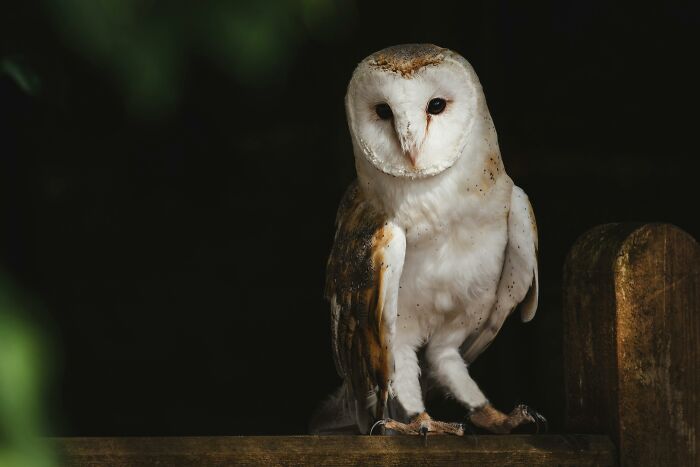
See Also on Bored Panda
Mosses are fascinating and ancient plants with unusual lifestyles compared to the leafy plants with which folks are familiar. Being very small, tolerant of shade, and spreading via spores, they can end up in interesting places. In fact, mosses’ peculiarities often mean that they need to specialize in living in very particular places to compete for space. Here’s one for your weird nature facts: the red parasol moss Splachnum rubrum grows only on moose poop.This pretty little moss, less attractively known as dung moss, makes its life on animal poo, particularly that belonging to American moose (Alces alces). But how do the mosses reach their poopy homes in the first place? Studies show that their fruiting bodies give off a smell that attracts flies, and these flies disperse moss spores to other dung sites.
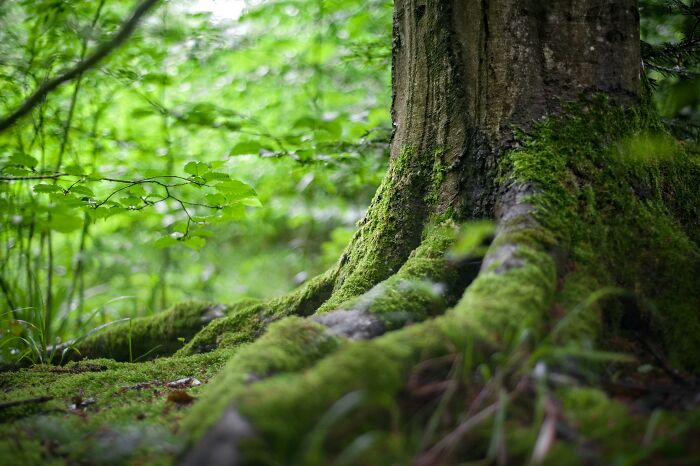
Seahorses display a kind of reversed pregnancy – after fertilisation, eggs are transferred into the male’s brood pouch to develop. The eggs receive oxygen and protection, and gestation lasts from 14 to 28 days, after which the male gives birth to live young known as fry.
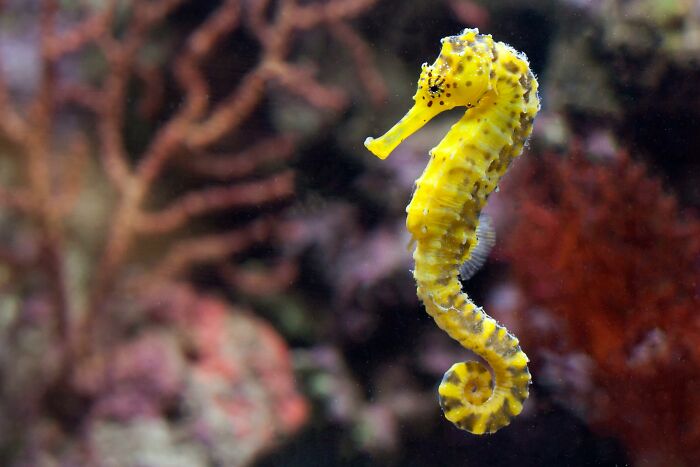
Some frogs have an incredible ability to survive freezing cold winters. They can actually let their bodies freeze and then thaw out when it warms up. This adaptation lets them live through temperatures that would be too cold for many other animals.
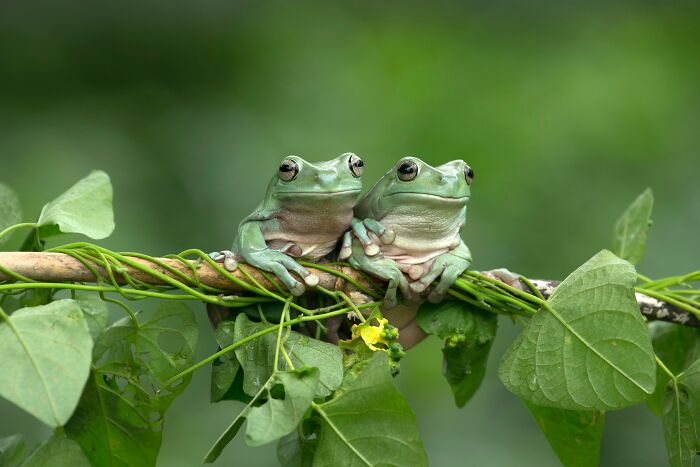

Sloths only go to the ground in two circumstances: to defecate and urinate once every five to seven days or when they cannot move along the canopy due to lack of connection between adjacent trees.
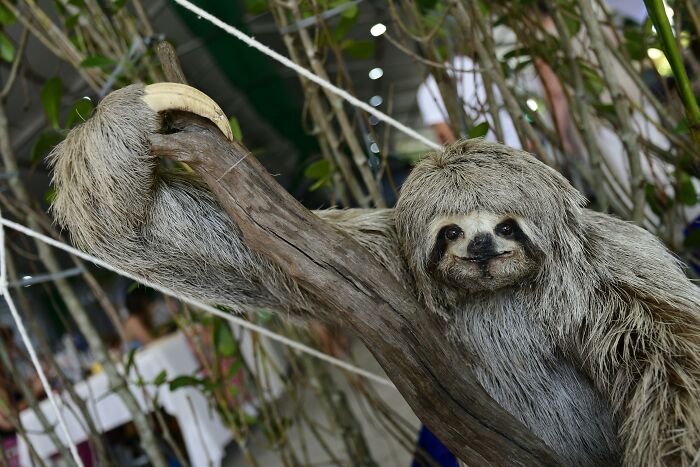
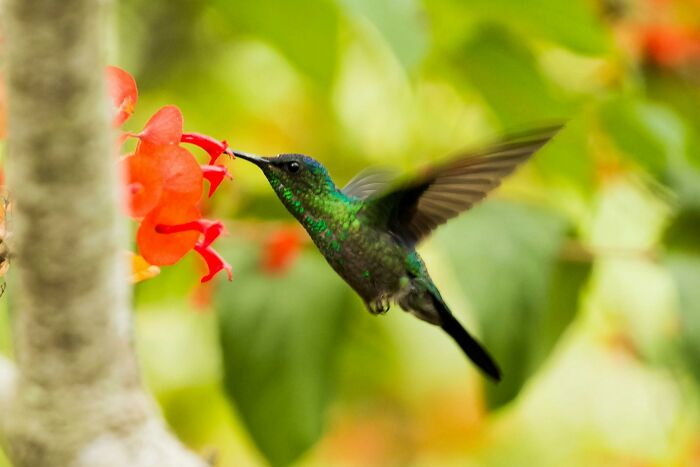
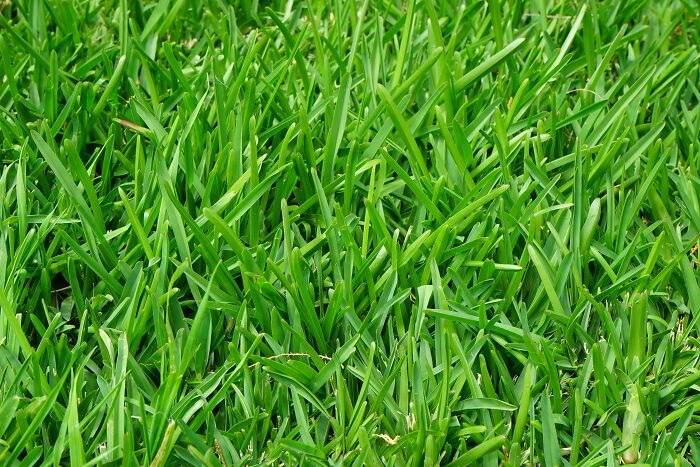
Archaeologists have found pots of honey in ancient Egyptian tombs that are over 3,000 years old and still perfectly edible.
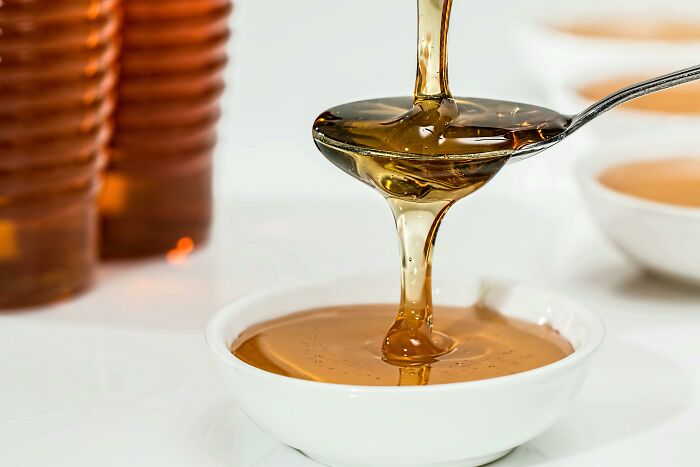
Its carnivore-adapted digestive system cannot digest cellulose well, thus it lives a low-energy, sedentary lifestyle but persists in eating some 60 species of bamboo. Pandas must eat upwards of 30 pounds of bamboo daily just to stay full.
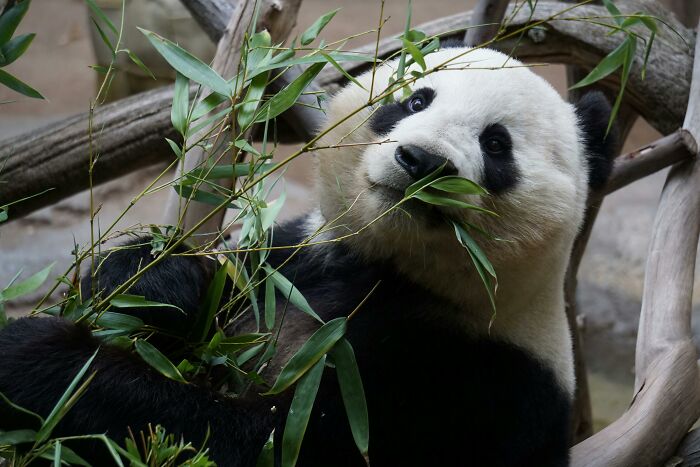
Two pump blood to the gills, while the third pumps it to the rest of the body.
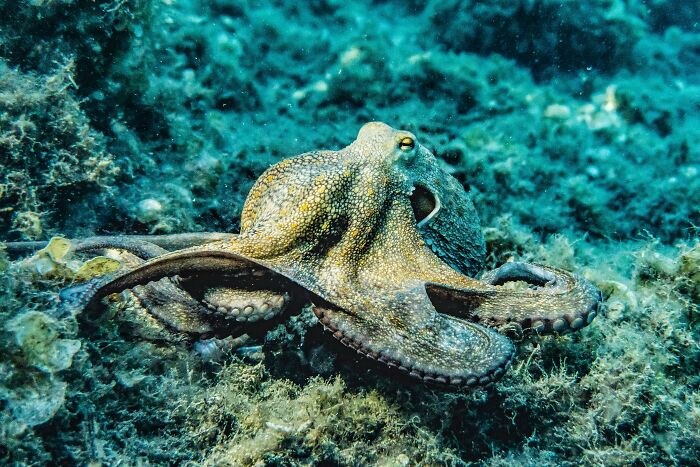
It was once believed that hedgehogs stole milk straight from cows’ udders, which may have been why people so commonly leave milk out for them. But they are actually lactose intolerant – so if you want to feed your local neighbourhood hedgehog, wet cat food or hedgehog food you can purchase in most garden centres is best!
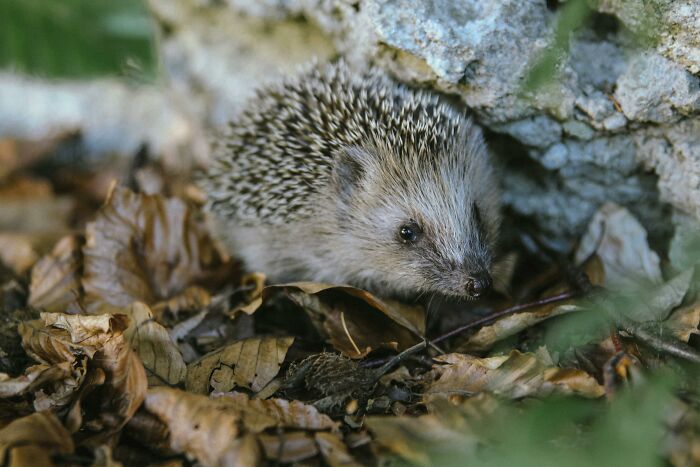
Just when you thought your favorite underwater mammal couldn’t get any cuter, we have some news for you.It’s a well-known fact that dolphins are highly social creatures. They typically travel in what we call pods, which can include anywhere from 2 to 30 dolphins. It’s also another well-known fact that dolphins are extremely intelligent. If you’ve ever had the pleasure of meeting a dolphin, you know this first-hand.Turns out, dolphins actually have names for one another. Scientists have found that these marine mammals use a distinctive whistle to identify each other. When a dolphin hears their own “name” called to them, they respond.
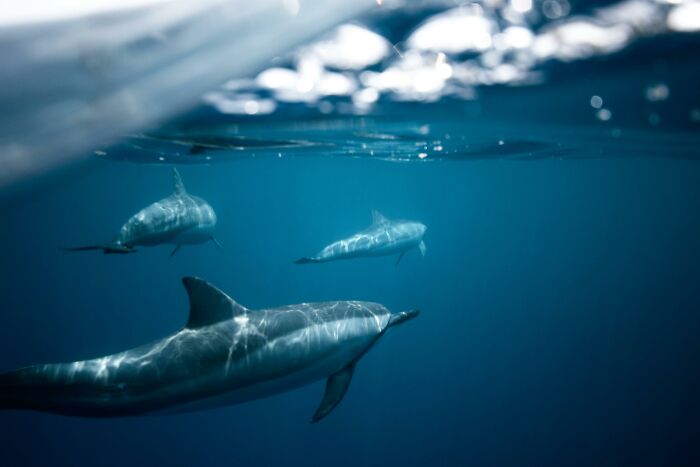
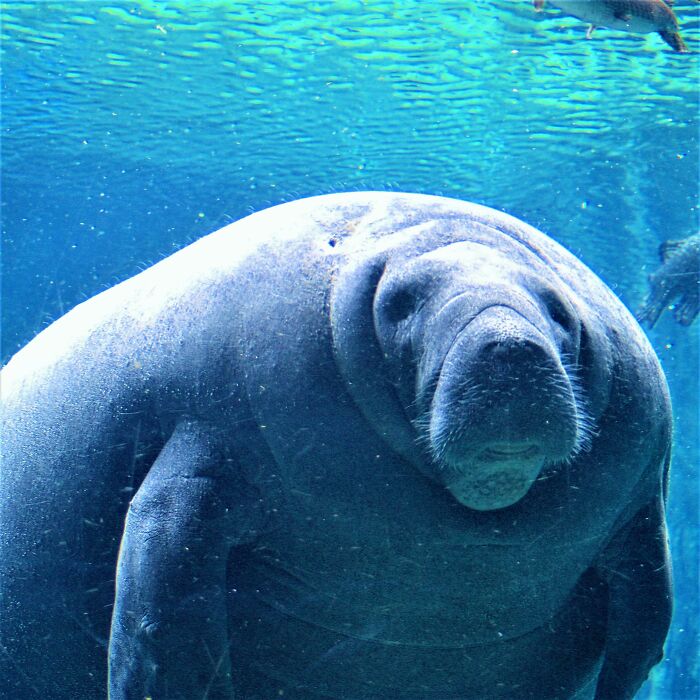
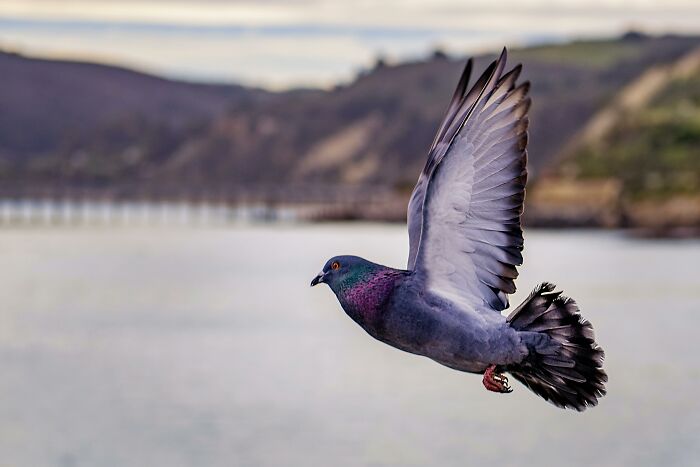
There are so many trees covering our planet that scientists had to figure out a new method to quantify them, and they’ve actually calculated that there are more trees on Earth than stars in the Milky Way.Scientists have determined that the number of stars in the Milky Way ranges from 100 billion to upwards of 400 billion, but there is an estimated amount of 3 trillion trees on Earth. That’s a lot of trees! Even with all those trees currently on Earth, it is still very important that we continue protecting our forests and planting more trees!

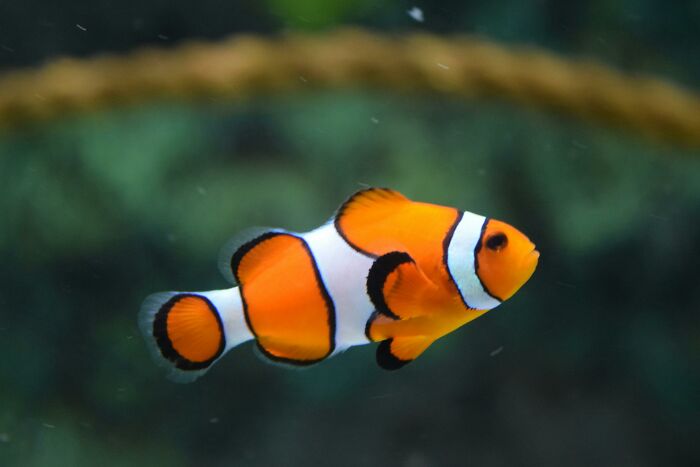
Different seasons can mean different climatic conditions and opportunities for the Arctic fox. So its fur colour can change between seasons for thermal insulation as well as to help blend with its immediate surroundings. In the winter, their fur morphs into the iconic, thick white coating. But as summer arrives, snow melts, and Arctic foxes start to shed their long white coat to a shorter, thinner fur, which can come in a variety of colours, from dark and light grey, charcoal brown to bluish brown coating.
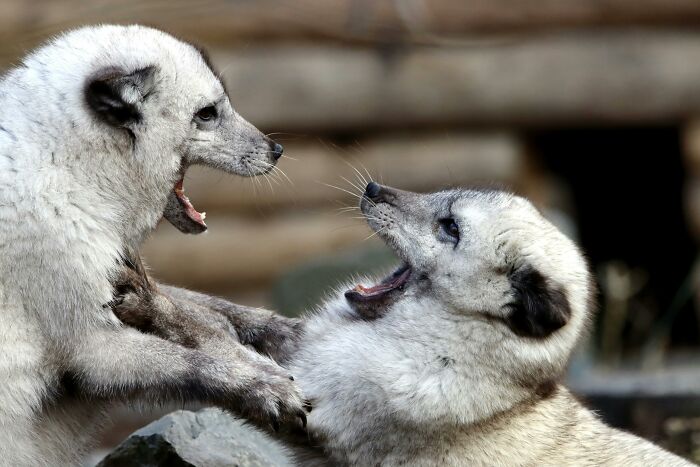
Puffins are black on top with white bellies and cheeks. In the breeding season, they have brightly-coloured bills, orange legs and very distinctive red and black eye markings.
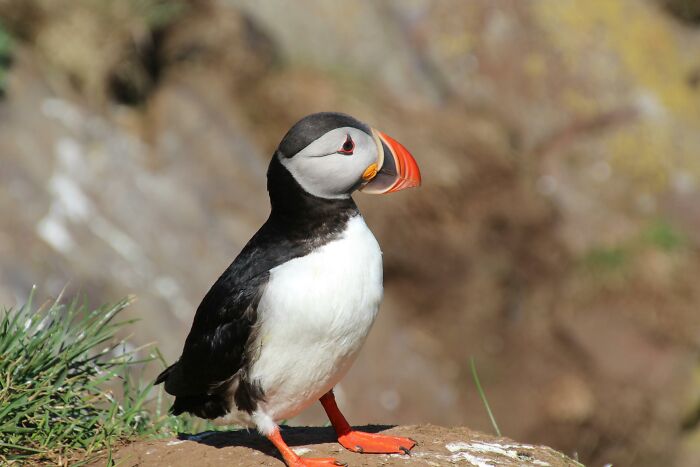
In botanical terms, a berry is a fruit produced from the ovary of a single flower with seeds embedded in the flesh. By this definition, bananas qualify, whereas strawberries do not.
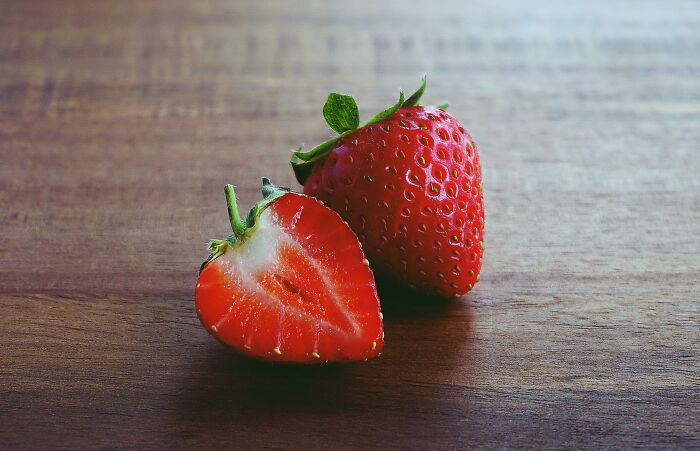
When we think of dinosaurs, we often think of large, reptile-like creatures. The Tyrannosaurus Rex is often thought of as a scaled-up, ferocious lizard, but that might not be the case for all other dinosaurs.Since the 1960s, many scientists have found recurring evidence that birds are direct descendants of these prehistoric reptiles. In fact, according to the Smithsonian Magazine, all living birds are indeed dinosaurs, but not all dinosaurs were considered birds. Some dinosaurs even had feathers just like birds!
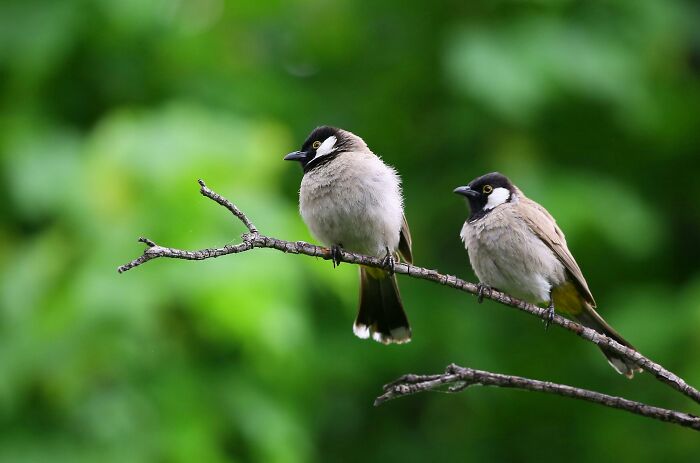
Looking something like a cross between a cat and a mongoose, a civet loves the flesh of coffee berries, but cannot properly digest the beans, which emerge whole when it defecates. These beans are then collected and sold as Kopi luwak, hailed variously as “the Holy Grail of coffees” and “the most exotic beverage on the planet.
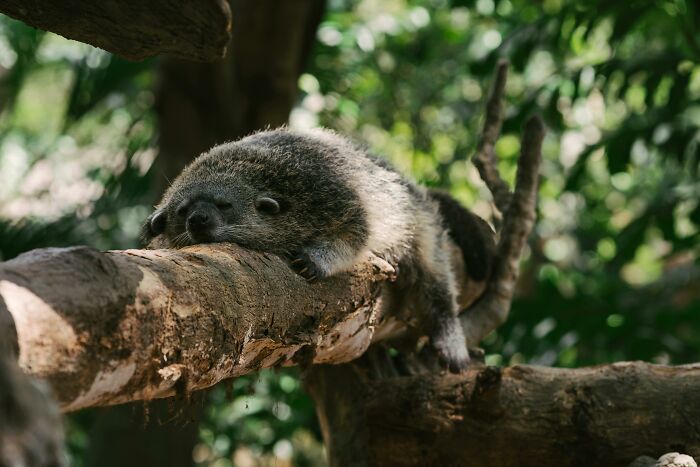
Female orcas start breeding at around 6-10 years old, males at 10-13 years. Breeding occurs all year round although it is most common in summer. The gestation period of an orca is about 17 months which is the longest of all cetaceans. Females may give birth every 3-5 years, although sometimes it may be as long as a decade between successful births.
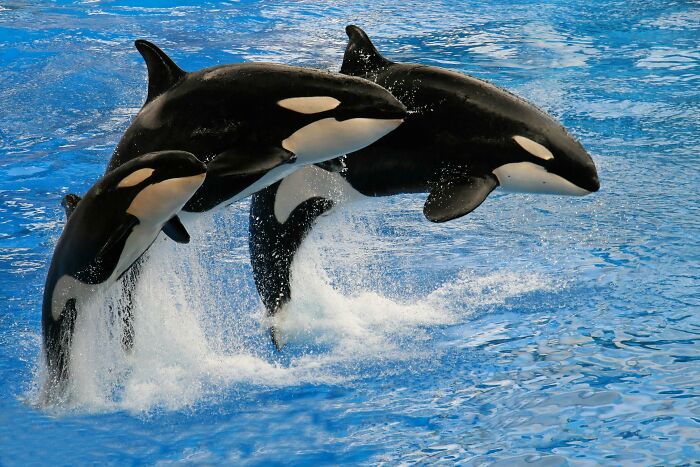
Continue reading with Bored Panda PremiumUnlimited contentAd-free browsingDark modeSubscribe nowAlready a subscriber?Sign In
Continue reading with Bored Panda Premium
Unlimited contentAd-free browsingDark mode
Unlimited content
Ad-free browsing
Dark mode
Subscribe nowAlready a subscriber?Sign In
As these tendons strain and contract, they generate most of the energy needed for each hop. This is very different to the way humans jump, which uses a lot of muscular effort.
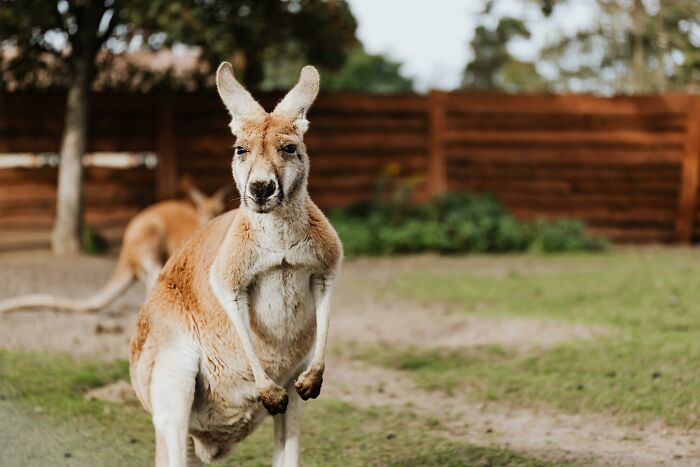
Rhino horns are not like other animal horns. They’re made of keratin, the same material as human hair and nails, tightly packed together. This structure makes the horn strong and durable for defense and foraging.
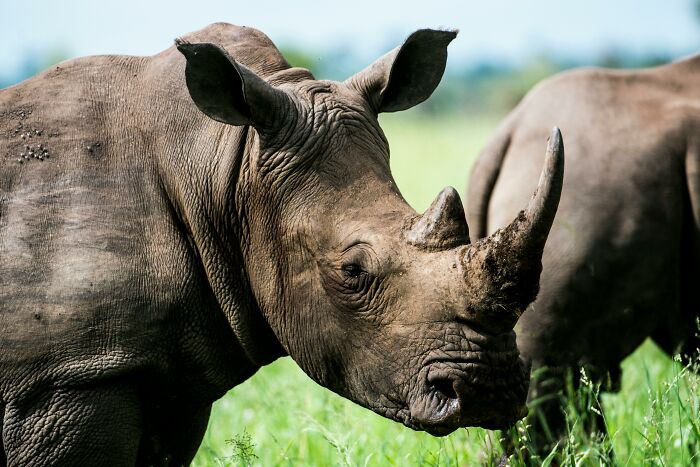
Modal closeAdd New ImageModal closeAdd Your Photo To This ListPlease use high-res photos without watermarksOoops! Your image is too large, maximum file size is 8 MB.Not your original work?Add sourcePublish
Modal close
Add New ImageModal closeAdd Your Photo To This ListPlease use high-res photos without watermarksOoops! Your image is too large, maximum file size is 8 MB.Not your original work?Add sourcePublish
Modal closeAdd Your Photo To This ListPlease use high-res photos without watermarksOoops! Your image is too large, maximum file size is 8 MB.Not your original work?Add sourcePublish
Add Your Photo To This ListPlease use high-res photos without watermarksOoops! Your image is too large, maximum file size is 8 MB.
Add Your Photo To This List
Please use high-res photos without watermarks
Ooops! Your image is too large, maximum file size is 8 MB.
Not your original work?Add source
Modal closeModal closeOoops! Your image is too large, maximum file size is 8 MB.UploadUploadError occurred when generating embed. Please check link and try again.TwitterRender conversationUse html versionGenerate not embedded versionAdd watermarkInstagramShow Image OnlyHide CaptionCropAdd watermarkFacebookShow Image OnlyAdd watermarkChangeSourceTitleUpdateAdd Image
Modal closeOoops! Your image is too large, maximum file size is 8 MB.UploadUploadError occurred when generating embed. Please check link and try again.TwitterRender conversationUse html versionGenerate not embedded versionAdd watermarkInstagramShow Image OnlyHide CaptionCropAdd watermarkFacebookShow Image OnlyAdd watermarkChangeSourceTitleUpdateAdd Image
Upload
UploadError occurred when generating embed. Please check link and try again.TwitterRender conversationUse html versionGenerate not embedded versionAdd watermarkInstagramShow Image OnlyHide CaptionCropAdd watermarkFacebookShow Image OnlyAdd watermark
Error occurred when generating embed. Please check link and try again.
TwitterRender conversationUse html versionGenerate not embedded versionAdd watermark
InstagramShow Image OnlyHide CaptionCropAdd watermark
FacebookShow Image OnlyAdd watermark
ChangeSourceTitle
You May LikeThese 50 Mildly Interesting Pics Are Actually Pretty Intriguing (New Pics)Greta Jaruševičiūtė21 Historical Professions That Were Incredibly Popular In The Past But Have Died Out By NowDenis Krotovas50 Interesting Images And Facts That Are Simply Amazing (New Pics)Viktorija Ošikaitė
Greta Jaruševičiūtė
Denis Krotovas
Viktorija Ošikaitė
Curiosities